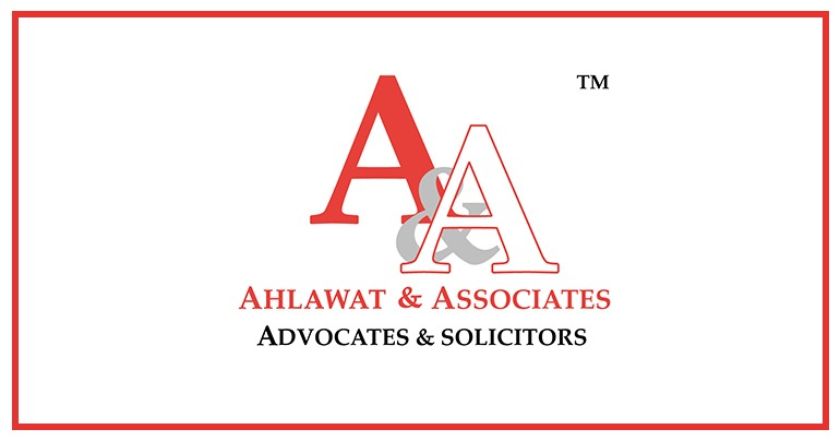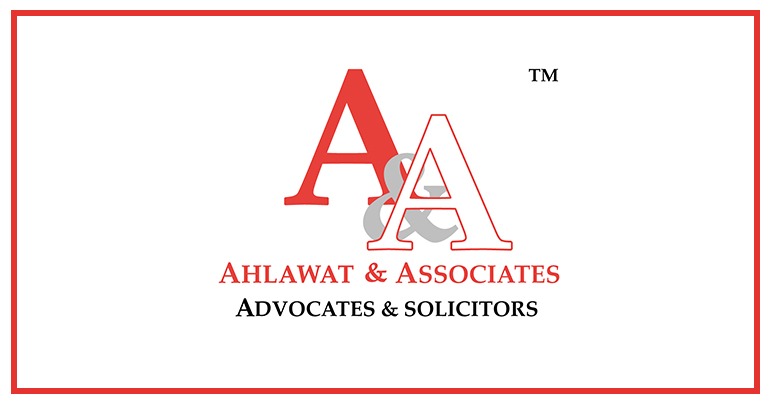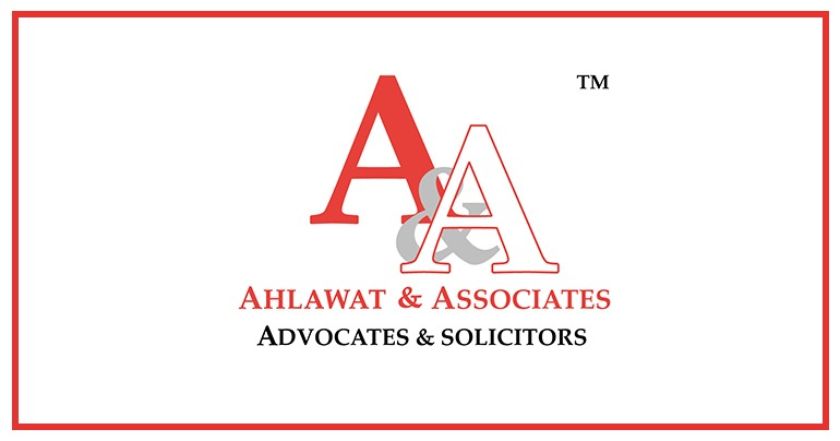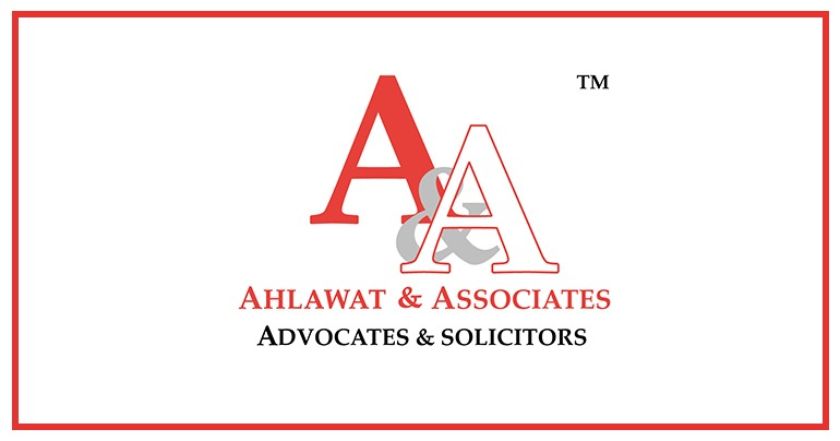
 A&A
A&A
 March 21, 2023
March 21, 2023
The Advertising Standards Council of India (‘ASCI’) has released guidelines (on March 2, 2023) regarding Advertising of Educational Institutions, Programmes and Platforms, which have further been amended on March 14, 2023 (‘Guidelines’). These Guidelines are applicable on key players in the educational services sector, including educational institutions, providers of educational programmes as well as Edtech platforms.
The Preamble to the Guidelines issued on March 2, 2023 read as - “Educational institutions such as universities, colleges, schools, coaching classes, Edtech platforms etc., which offer education and training programmes, play a vital role in building the intellectual capital of India. Parents place a very high value on the education of their children and are known to make great personal sacrifices to enable their children get the right education. Unlike a tangible product, where it is frequently possible to judge the value of what is being offered by inspection and demonstration, in the field of education and training, the value of a programme is judged mainly by means such as degrees, diplomas and other qualification nomenclatures, recognition, affiliations, testimonials, accreditations, admissions/job/compensation promises – of which, the variety being advertised are many.” It is pertinent to note that the earlier version of the Guidelines was not applicable on Edtech platforms, which has now been revised vide by a later notification.
Additionally, another paragraph has been added to the Preamble of the Guidelines - “The advertising of these products and services can have an impact on the minds of growing children and vulnerable parents. Therefore, in addition to being truthful and honest, and complying with chapter I of the ASCI code that requires ads to be honest, ads must also consider any harm that can be caused through the depictions or messages. Chapter III of the ASCI Code requires advertisements addressed to children to not contain anything, whether in illustration or otherwise, which might result in their physical, mental or moral harm, or which exploits their vulnerability.”
The intent behind the introduction of the Guidelines seems to be to establish a comprehensive set of guidelines to ensure that the vulnerable consumers of such advertisements, i.e. students, do not succumb to any unrealistic possibilities often portrayed by the players in the education industry (through their advertisements). To that effect, ASCI has further introduced the following set of guidelines to protect students from exploitation by educational institutions:
Furthermore, the following four Guidelines have been introduced vide its latest notification:
ASCI has invited comments regarding the proposed changes from stakeholders by April 15, 2023. It will be interesting to see the changes affected by the Guidelines once they come into effect since under the prevailing scenario, the advertisements tend to have a major psychological effect on the insecurities and vulnerabilities of students as well as their family.

The Ministry of Electronics and Information Technology have notified three Grievance Appellate Committees under the Information
View More
The state of Chhattisgarh has notified the Chhattisgarh Gambling (Prohibition) Act, 2022, replacing the erstwhile statute -
View More
The draft Digital Personal Data Protection Bill, 2022 (“DPDP Bill”) was published for inviting comments from the public and stakeholders
View More















 Cookies Consent
Cookies ConsentWe use cookies to help you navigate efficiently and perform certain functions. You will find detailed information about all cookies under each consent category below. Read more...
 Cookies Consent
Cookies ConsentWe use cookies to help you navigate efficiently and perform certain functions. You will find detailed information about all cookies under each consent category below. Read more...

